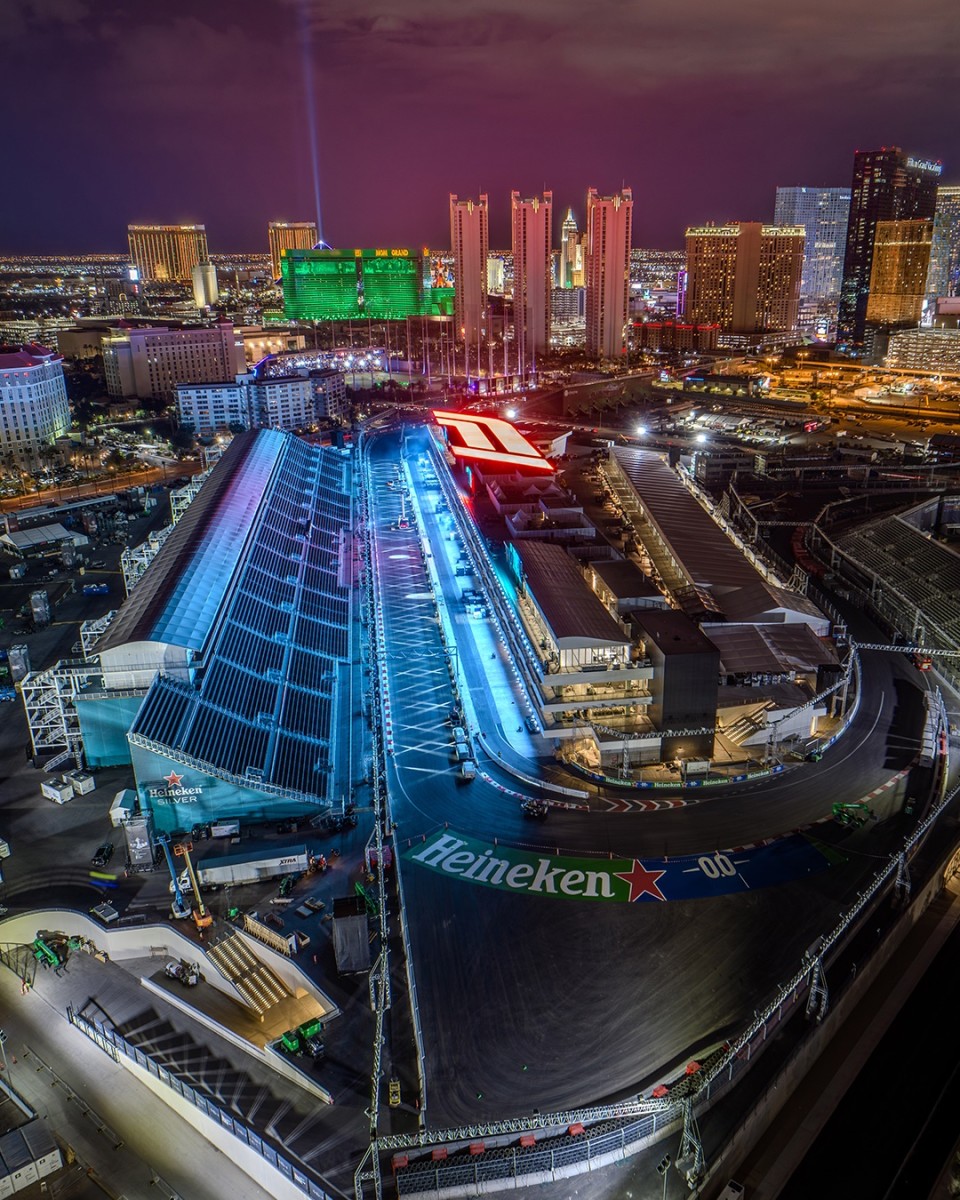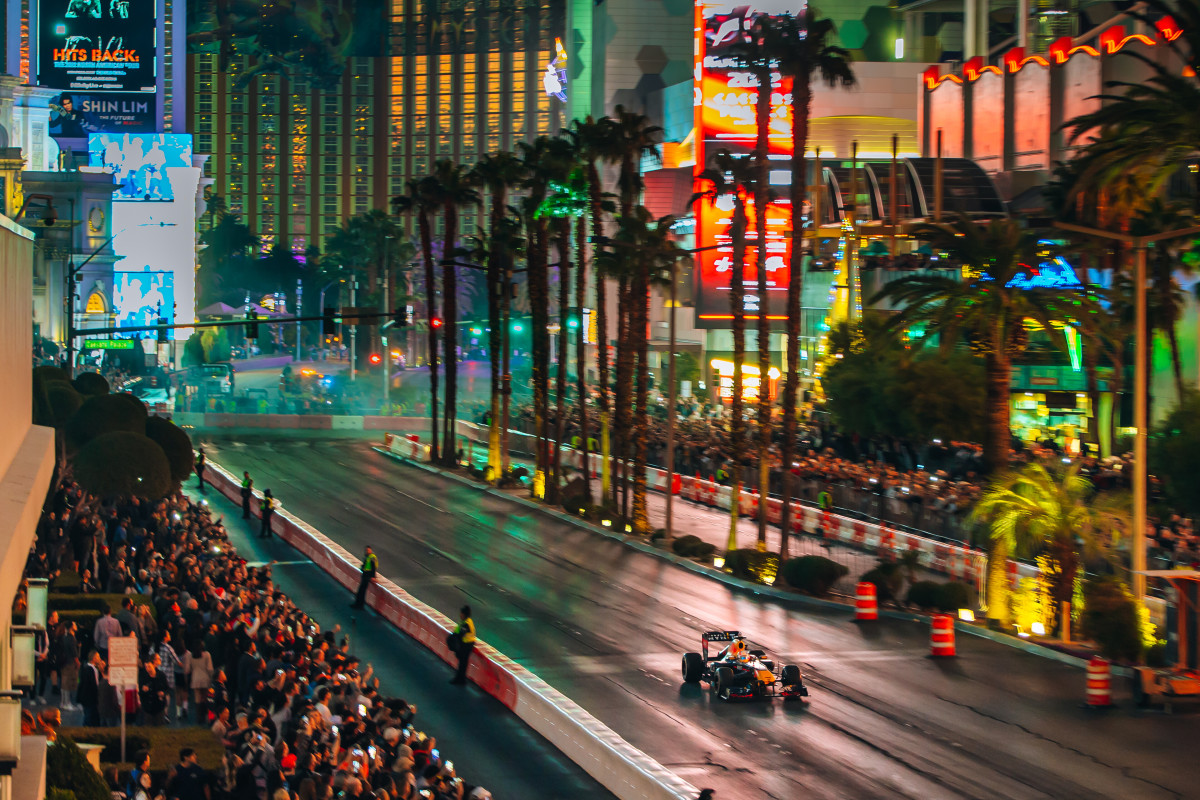F1 News: Las Vegas GP Pit Building Raises Concerns As Safety Called Into Question

Formula 1 has revealed the new pit building for the Las Vegas Grand Prix through an aerial view of the area, showcasing a challenging section of the circuit that may pose difficulties for Formula 1 drivers exiting the pits on fresh but cold tires.
As the race weekend in Vegas approaches, with only a week remaining and extensive preparations spanning over a year, all eyes will be on the Grand Prix set to take place on the Strip in Las Vegas during the mid-November weekend.
Listen To The Latest Driven Mad Podcast Episode
Given that this is the inaugural race, the unfamiliar circuit may pose a challenge for many drivers. Upon closer inspection, Turn 1 reveals itself to be trickier than it initially seems.
An account shared on social media platform X an aerial perspective of the $240 million pit building located at the southeast of the circuit. Although the pit building, adorned with an F1 logo on the roof, appeared impressive, it also drew attention to a noteworthy feature emerging from Turn 1.

The pit exit guides drivers onto the track at the conclusion of the straight, directing them to maintain the left-hand side to prevent penalties as they enter Turn 1. However, given the nature of the turn, drivers already present on the track will remain on the inside to follow the racing line.
Furthermore, the distance between Turn 1 and Turns 2 and 3 is minimal, and all three are left-hand turns. This means that choosing the right side in Turn 1 could adversely affect a driver's performance in the following corners.
Another major factor that affects the grand scheme of things is the temperature in Las Vegas during the Grand Prix, which is expected to be around 5 degrees Celsius, making it one of the coldest races in F1 history.
However, as cold temperatures set in, the challenge of warming up the tires intensifies, and it will take considerably longer for them to reach the optimal temperature and grip the surface. During qualifying, teams might opt for two warm-up laps before launching into a high-intensity push run.
But, in the Grand Prix, it could pose a huge problem for drivers exiting the pits with cold tires and then having to do sharp left turns. If the tires are not adequately warmed up and the car undergoes understeer, it may result in a severe crash, either colliding with the wall or another driver coming off a 200mph straight.

